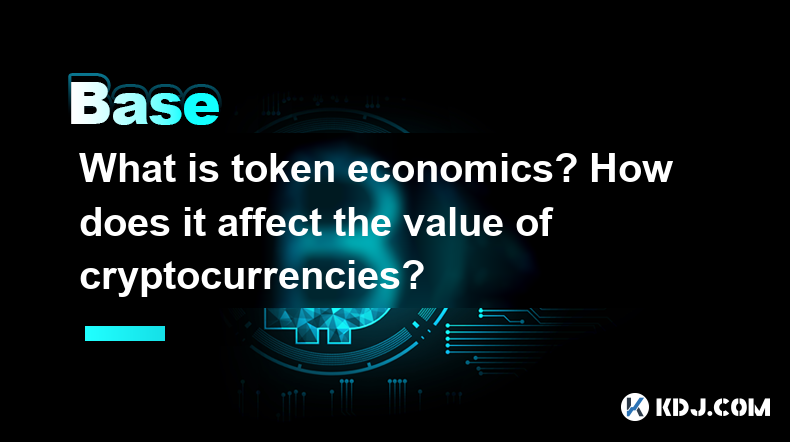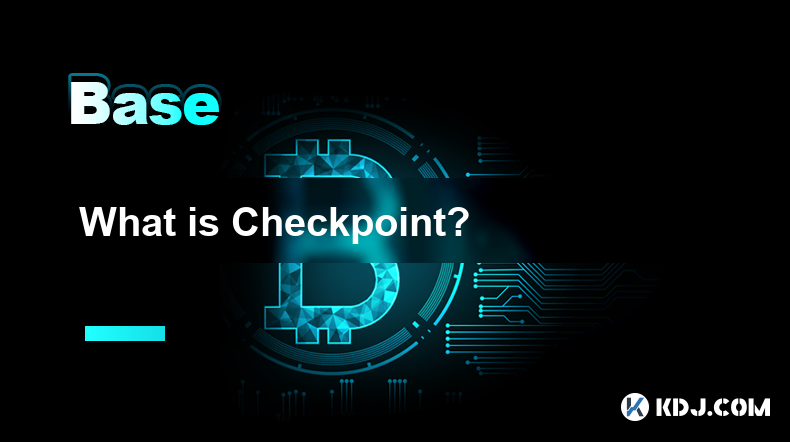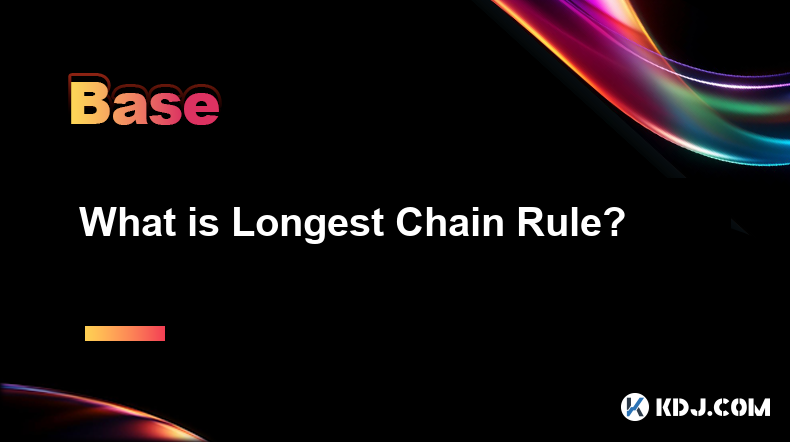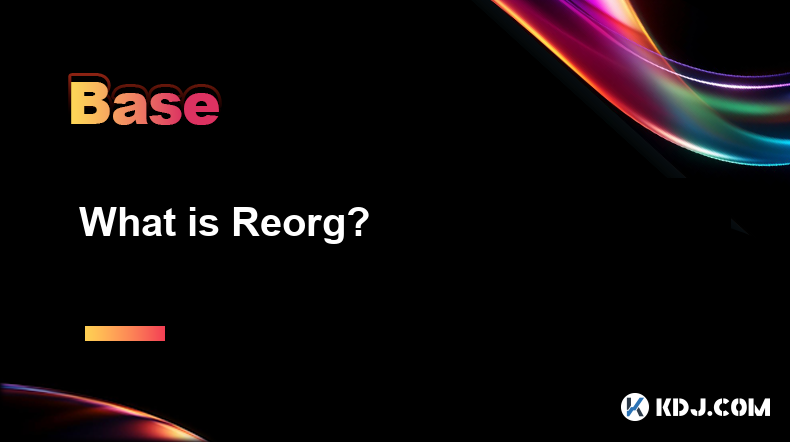-
 Bitcoin
Bitcoin $76,479.4701
-3.52% -
 Ethereum
Ethereum $1,469.1142
-5.46% -
 Tether USDt
Tether USDt $0.9993
-0.03% -
 XRP
XRP $1.7902
-4.83% -
 BNB
BNB $551.0674
-0.78% -
 USDC
USDC $1.0003
0.02% -
 Solana
Solana $105.4201
-1.56% -
 TRON
TRON $0.2301
0.50% -
 Dogecoin
Dogecoin $0.1423
-4.38% -
 Cardano
Cardano $0.5589
-4.51% -
 UNUS SED LEO
UNUS SED LEO $9.0173
0.56% -
 Toncoin
Toncoin $3.0027
-2.56% -
 Chainlink
Chainlink $10.9146
-4.73% -
 Stellar
Stellar $0.2207
-4.45% -
 Avalanche
Avalanche $16.1527
-4.24% -
 Shiba Inu
Shiba Inu $0.0...01066
-6.81% -
 Sui
Sui $1.9318
-3.99% -
 Hedera
Hedera $0.1462
-4.08% -
 MANTRA
MANTRA $6.2098
-1.18% -
 Dai
Dai $1.0001
0.01% -
 Bitcoin Cash
Bitcoin Cash $268.3547
-2.84% -
 Polkadot
Polkadot $3.3678
-6.32% -
 Litecoin
Litecoin $69.1437
-2.09% -
 Ethena USDe
Ethena USDe $0.9986
-0.03% -
 Bitget Token
Bitget Token $3.9888
-4.59% -
 Hyperliquid
Hyperliquid $11.6557
0.72% -
 Pi
Pi $0.5672
-1.97% -
 Monero
Monero $196.0247
-4.01% -
 OKB
OKB $51.1597
0.14% -
 Uniswap
Uniswap $4.7818
-6.32%
What is token economics? How does it affect the value of cryptocurrencies?
Token economics, or tokenomics, governs token creation, distribution, and management, crucial for determining a cryptocurrency's value and utility.
Apr 05, 2025 at 04:28 pm

Token economics, often referred to as tokenomics, is a fundamental concept within the cryptocurrency ecosystem that outlines the economic principles and mechanisms governing the creation, distribution, and management of tokens. It plays a crucial role in determining the value and utility of a cryptocurrency. Understanding token economics is essential for investors, developers, and users alike, as it directly impacts the success and sustainability of a cryptocurrency project.
The Basics of Token Economics
Token economics encompasses various elements such as token supply, distribution, utility, and incentives. These elements work together to create a balanced ecosystem that encourages participation and maintains the token's value. The design of token economics can significantly influence the behavior of market participants and the overall health of the cryptocurrency.
Token supply refers to the total number of tokens that will ever exist. This can be fixed, like Bitcoin's 21 million cap, or variable, depending on the project's design. Token distribution outlines how tokens are initially allocated and how they are released over time. This can include mechanisms like initial coin offerings (ICOs), airdrops, or mining rewards.
Token utility defines the purpose and function of the token within its ecosystem. For example, tokens can be used for governance, as a means of payment, or to access specific services. Incentives are mechanisms designed to encourage certain behaviors, such as staking rewards or transaction fees that benefit token holders.
How Token Economics Affects Cryptocurrency Value
The value of a cryptocurrency is heavily influenced by its token economics. Token supply can impact value through the principles of supply and demand. A fixed supply, like Bitcoin's, can lead to increased value as demand grows and the available supply diminishes. Conversely, an unlimited supply can lead to inflation and decreased value over time.
Token distribution also plays a critical role. If a large portion of tokens is held by a small group of early investors or the project team, it can lead to centralization and potential manipulation of the market. A more equitable distribution, achieved through mechanisms like airdrops or broad-based ICOs, can foster a more decentralized and stable ecosystem.
Token utility is another key factor. A token with clear and valuable use cases within its ecosystem is more likely to maintain or increase its value. For example, Ethereum's Ether (ETH) is used to pay for transaction fees and computational services on the Ethereum network, giving it intrinsic value. Tokens with limited or unclear utility may struggle to maintain value over time.
Incentives can drive user engagement and network growth, which in turn can affect value. For instance, staking rewards can encourage users to hold onto their tokens, reducing available supply and potentially increasing value. Conversely, high transaction fees can deter usage and negatively impact value.
Case Studies: Token Economics in Action
To illustrate the impact of token economics, let's examine two well-known cryptocurrencies: Bitcoin and Ethereum.
Bitcoin's token economics are designed around a fixed supply of 21 million coins, with new coins released through a process called mining. The mining process not only secures the network but also distributes new coins over time. Bitcoin's value has been influenced by its scarcity, as the supply diminishes and demand increases. Additionally, Bitcoin's utility as a store of value and medium of exchange has contributed to its value.
Ethereum's token economics are more complex, with a variable supply of Ether (ETH) and a focus on utility within its ecosystem. Ethereum's transition to Ethereum 2.0 introduced staking, which allows users to earn rewards by holding and "staking" their ETH. This mechanism not only incentivizes holding but also helps secure the network. Ethereum's value is driven by its utility in decentralized applications (dApps) and smart contracts, as well as its role in the broader DeFi ecosystem.
Designing Effective Token Economics
Creating effective token economics requires careful consideration of various factors. Token supply should be designed to balance scarcity and growth. A fixed supply can create scarcity and drive value, but it may also limit the project's ability to scale. A variable supply can allow for more flexibility but may lead to inflation if not managed properly.
Token distribution should aim for fairness and decentralization. Mechanisms like airdrops, broad-based ICOs, and mining can help distribute tokens widely and prevent centralization. Token utility should be clear and valuable, providing real-world use cases that drive demand. Incentives should be designed to encourage positive behaviors, such as holding, staking, or participating in governance.
Challenges and Considerations
Designing token economics is not without challenges. Regulatory compliance is a significant consideration, as different jurisdictions have varying rules regarding token issuance and distribution. Market dynamics can also impact token economics, as external factors like market sentiment and economic conditions can influence demand and value.
Security is another critical factor. Poorly designed token economics can lead to vulnerabilities, such as 51% attacks or token manipulation. Community engagement is essential for the success of a cryptocurrency project, and token economics should be designed to foster a strong and active community.
Token Economics and Project Sustainability
The sustainability of a cryptocurrency project is closely tied to its token economics. A well-designed token economy can attract and retain users, drive network growth, and maintain value over time. Conversely, poorly designed token economics can lead to project failure, as users lose confidence and the ecosystem collapses.
Token economics should be designed with long-term sustainability in mind. This includes mechanisms for ongoing development funding, such as transaction fees or a portion of newly minted tokens allocated to a development fund. It also involves creating a governance structure that allows for community input and decision-making, ensuring that the project can adapt and evolve over time.
Frequently Asked Questions
Q: How can token economics be adjusted after a cryptocurrency is launched?
A: Adjusting token economics after launch can be challenging but is possible through various mechanisms. For example, a project can implement a governance system that allows token holders to vote on changes to the token economics. This could include adjustments to token supply, distribution, or incentives. Additionally, some projects use smart contracts to automate certain aspects of token economics, allowing for more flexibility and adaptability.
Q: What role does token burning play in token economics?
A: Token burning is a mechanism used to reduce the total supply of tokens, often to increase scarcity and potentially drive up value. By permanently removing tokens from circulation, projects can create a deflationary effect, which can be beneficial for the token's value. Token burning can be implemented through various methods, such as burning a portion of transaction fees or allowing users to voluntarily burn their tokens.
Q: How do different token standards (e.g., ERC-20, BEP-20) affect token economics?
A: Token standards like ERC-20 and BEP-20 define the technical specifications for tokens on specific blockchains, such as Ethereum and Binance Smart Chain, respectively. These standards can influence token economics by determining how tokens are created, transferred, and interacted with. For example, ERC-20 tokens on Ethereum can be used in a wide range of decentralized applications and smart contracts, potentially increasing their utility and value. BEP-20 tokens on Binance Smart Chain may benefit from lower transaction fees and faster transaction times, which can also impact their token economics.
Q: Can token economics be used to encourage environmentally friendly practices?
A: Yes, token economics can be designed to incentivize environmentally friendly practices. For example, some projects implement proof-of-stake (PoS) consensus mechanisms, which are more energy-efficient than proof-of-work (PoW) systems. Additionally, projects can allocate a portion of transaction fees or newly minted tokens to environmental initiatives, encouraging users to participate in eco-friendly activities. By aligning token economics with sustainability goals, projects can attract environmentally conscious users and investors.
Disclaimer:info@kdj.com
The information provided is not trading advice. kdj.com does not assume any responsibility for any investments made based on the information provided in this article. Cryptocurrencies are highly volatile and it is highly recommended that you invest with caution after thorough research!
If you believe that the content used on this website infringes your copyright, please contact us immediately (info@kdj.com) and we will delete it promptly.
- "Cardano (ADA) Price Could Dip Below $0.60, Following Previous Market Cycle"
- 2025-04-09 05:10:12
- BONK, the well-known meme coin, has risen over 35% in the last week, attracting meme coin investors in the market. So, what caused this rally?
- 2025-04-09 05:10:12
- Bitcoin (BTC) Investors May Not Exactly Feel It, but BTC Has Been a Relatively Good Bet
- 2025-04-09 05:05:12
- Donald's Bitcoin (DONBTC) Could Turn Early Investors into Multi-Millionaires, Like Shiba Inu (SHIB) and Dogecoin (DOGE) Did
- 2025-04-09 05:05:12
- 6 Upcoming Kraken Listings That Could Be the Next Big Thing in Crypto
- 2025-04-09 05:00:13
- COTI Unveils New Privacy-Focused Blockchain to Reshape Web3 Transactions
- 2025-04-09 05:00:13
Related knowledge

What is Serenity?
Apr 08,2025 at 02:00pm
Serenity, also known as Ethereum 2.0, represents a major upgrade to the Ethereum blockchain. This ambitious project aims to address the scalability, security, and sustainability issues faced by the current Ethereum network. Serenity is not a single update but a series of upgrades that will transform Ethereum into a more efficient and robust platform. Th...

What is Checkpoint?
Apr 08,2025 at 05:08pm
A checkpoint in the context of blockchain and cryptocurrencies is a mechanism used to enhance the security and efficiency of a blockchain network. It serves as a snapshot of the blockchain at a specific point in time, which can be used to validate the integrity of the chain and prevent certain types of attacks. Checkpoints are particularly important in ...

What is Finality Gadget?
Apr 08,2025 at 04:14am
The Finality Gadget is a crucial component in the architecture of certain blockchain networks, particularly those that utilize a hybrid consensus mechanism. It plays a pivotal role in ensuring the finality of transactions, which means that once a transaction is confirmed, it cannot be altered or reversed. This article delves into the intricacies of the ...

What is Longest Chain Rule?
Apr 08,2025 at 07:50am
The Longest Chain Rule is a fundamental concept in blockchain technology, particularly in the context of cryptocurrencies like Bitcoin. This rule is crucial for maintaining the integrity and security of the blockchain network. In essence, the Longest Chain Rule dictates that the valid blockchain is the one with the most cumulative proof-of-work, which i...

What is Chain Reorganization?
Apr 08,2025 at 03:08pm
What is Chain Reorganization? Chain reorganization, often referred to as a 'reorg,' is a fundamental concept in blockchain technology that can significantly impact the integrity and operation of a blockchain network. Chain reorganization occurs when a blockchain network replaces a previously accepted block or series of blocks with a new set of blocks, l...

What is Reorg?
Apr 08,2025 at 11:08pm
What is Reorg?In the world of cryptocurrencies, particularly those that operate on blockchain technology, the term Reorg or Blockchain Reorganization is a critical concept that users and developers need to understand. A reorg refers to a situation where the blockchain undergoes a reorganization of its blocks, which can lead to changes in the accepted ve...

What is Serenity?
Apr 08,2025 at 02:00pm
Serenity, also known as Ethereum 2.0, represents a major upgrade to the Ethereum blockchain. This ambitious project aims to address the scalability, security, and sustainability issues faced by the current Ethereum network. Serenity is not a single update but a series of upgrades that will transform Ethereum into a more efficient and robust platform. Th...

What is Checkpoint?
Apr 08,2025 at 05:08pm
A checkpoint in the context of blockchain and cryptocurrencies is a mechanism used to enhance the security and efficiency of a blockchain network. It serves as a snapshot of the blockchain at a specific point in time, which can be used to validate the integrity of the chain and prevent certain types of attacks. Checkpoints are particularly important in ...

What is Finality Gadget?
Apr 08,2025 at 04:14am
The Finality Gadget is a crucial component in the architecture of certain blockchain networks, particularly those that utilize a hybrid consensus mechanism. It plays a pivotal role in ensuring the finality of transactions, which means that once a transaction is confirmed, it cannot be altered or reversed. This article delves into the intricacies of the ...

What is Longest Chain Rule?
Apr 08,2025 at 07:50am
The Longest Chain Rule is a fundamental concept in blockchain technology, particularly in the context of cryptocurrencies like Bitcoin. This rule is crucial for maintaining the integrity and security of the blockchain network. In essence, the Longest Chain Rule dictates that the valid blockchain is the one with the most cumulative proof-of-work, which i...

What is Chain Reorganization?
Apr 08,2025 at 03:08pm
What is Chain Reorganization? Chain reorganization, often referred to as a 'reorg,' is a fundamental concept in blockchain technology that can significantly impact the integrity and operation of a blockchain network. Chain reorganization occurs when a blockchain network replaces a previously accepted block or series of blocks with a new set of blocks, l...

What is Reorg?
Apr 08,2025 at 11:08pm
What is Reorg?In the world of cryptocurrencies, particularly those that operate on blockchain technology, the term Reorg or Blockchain Reorganization is a critical concept that users and developers need to understand. A reorg refers to a situation where the blockchain undergoes a reorganization of its blocks, which can lead to changes in the accepted ve...
See all articles






















































































